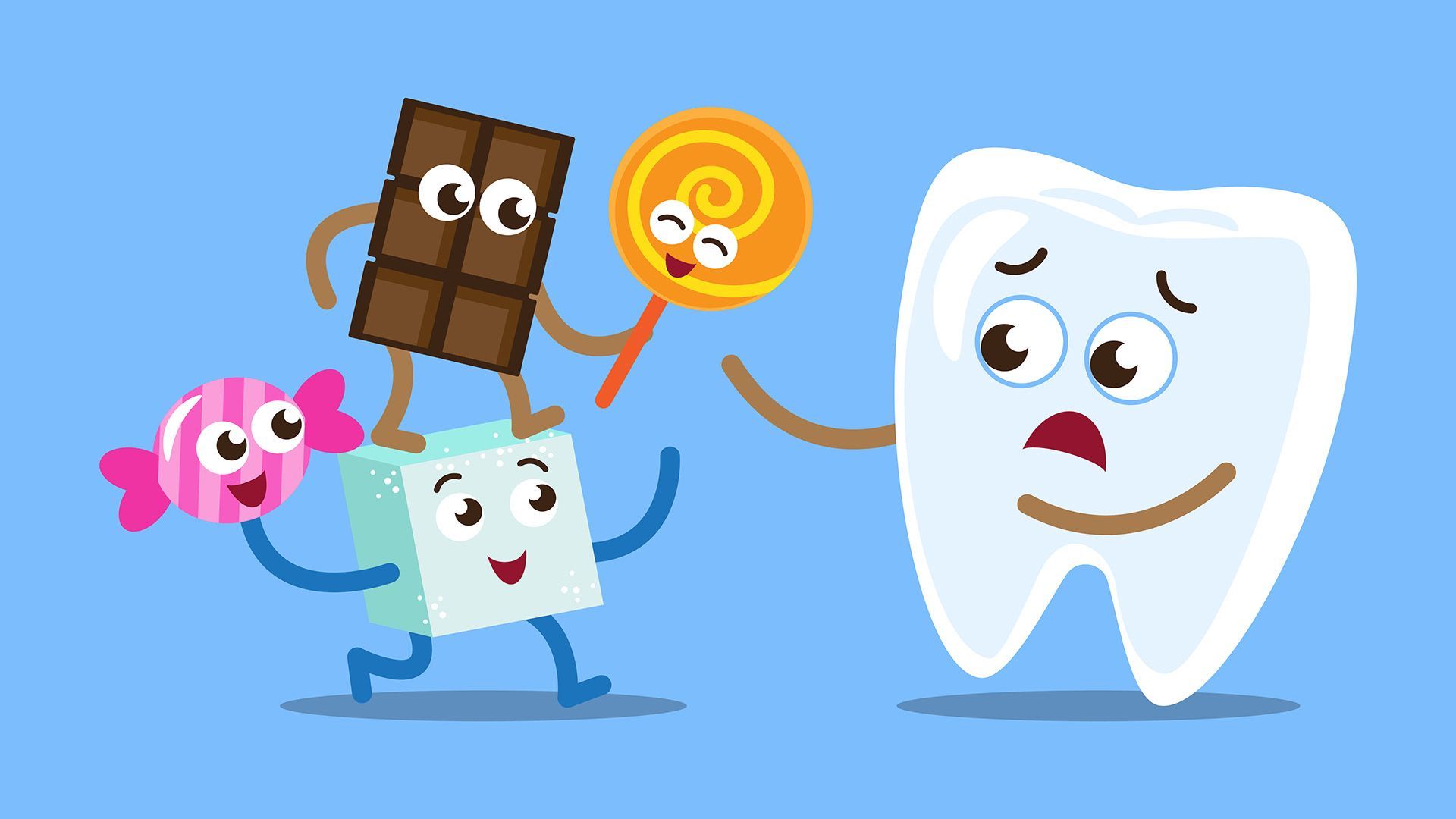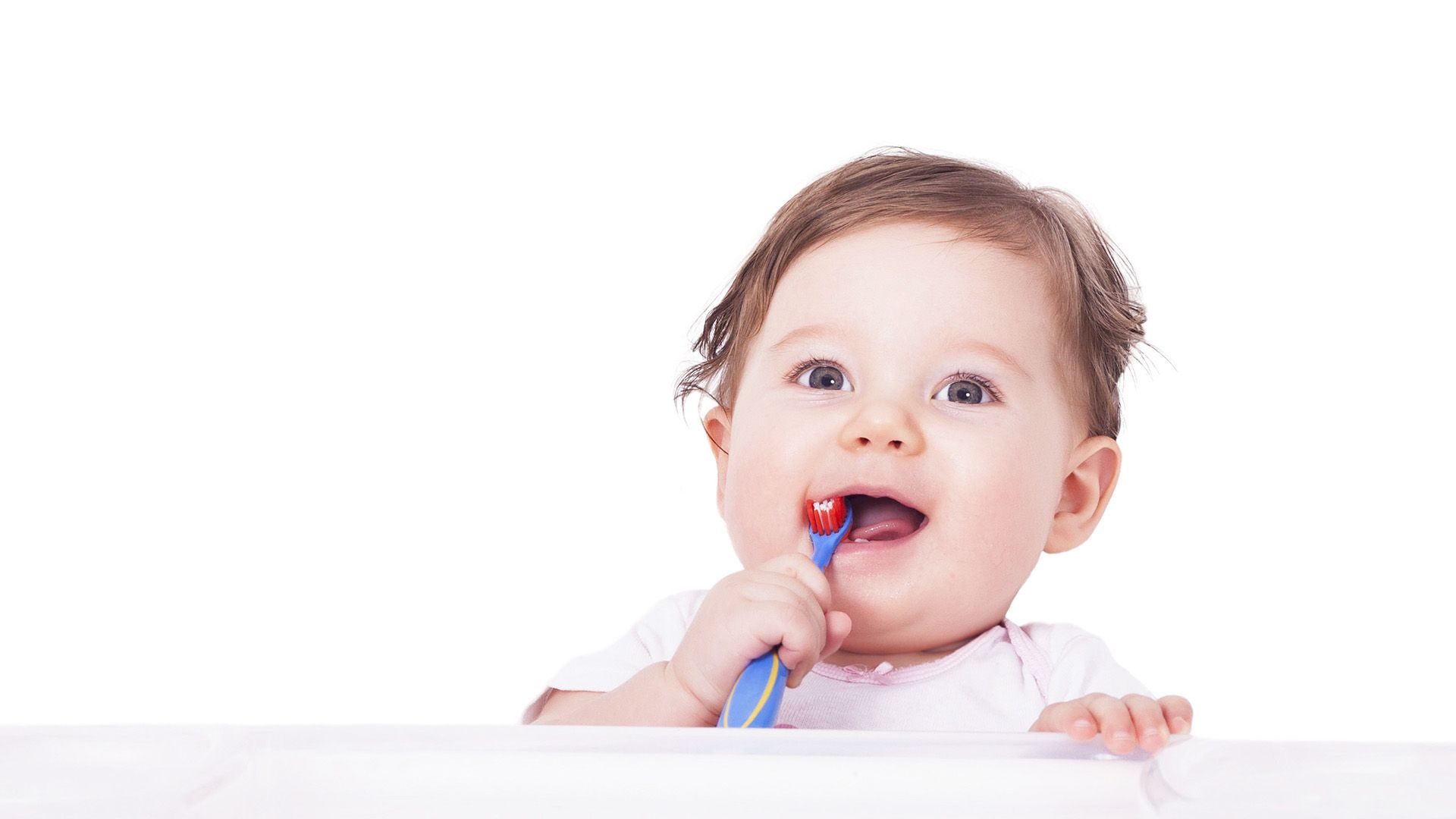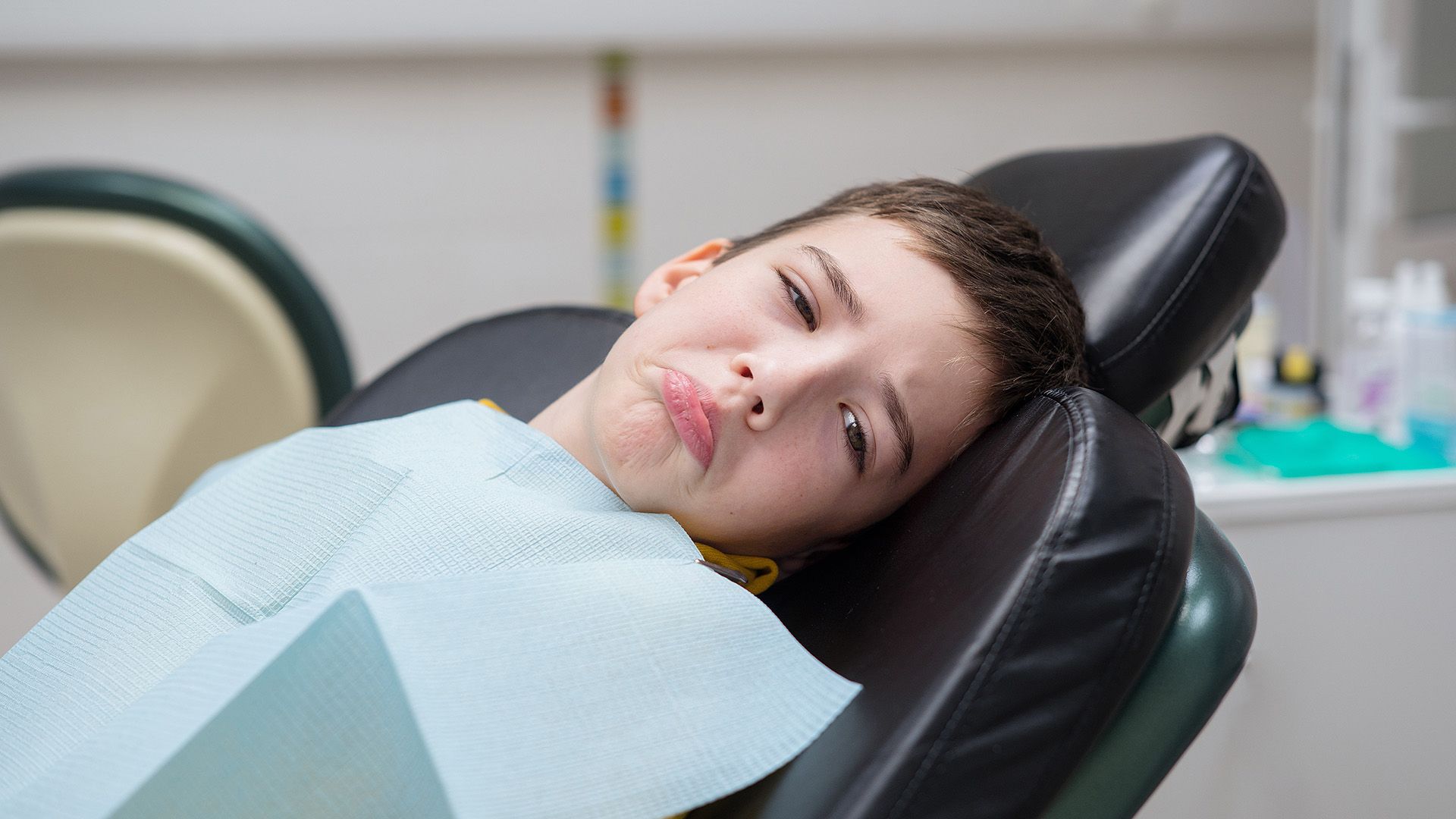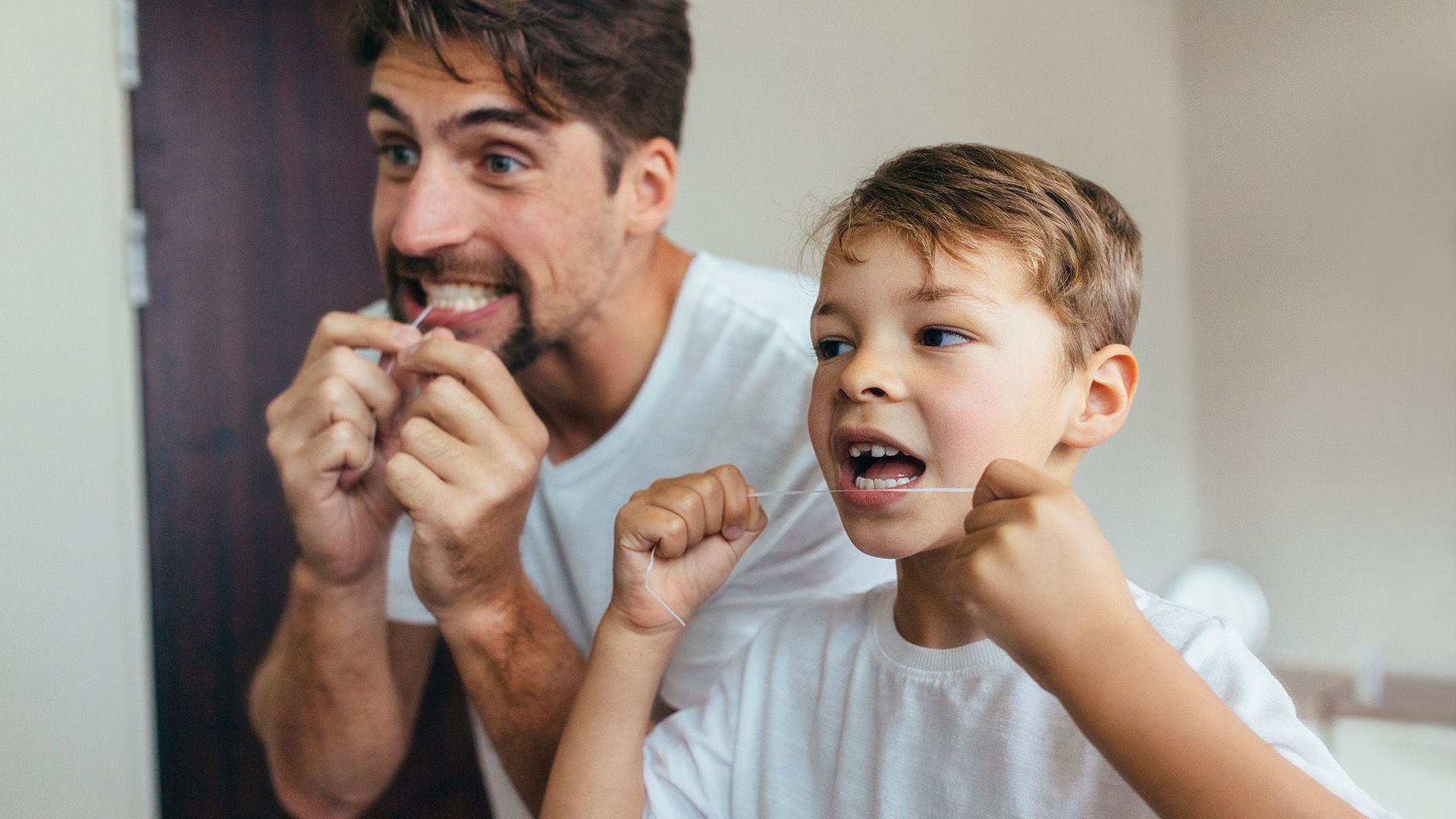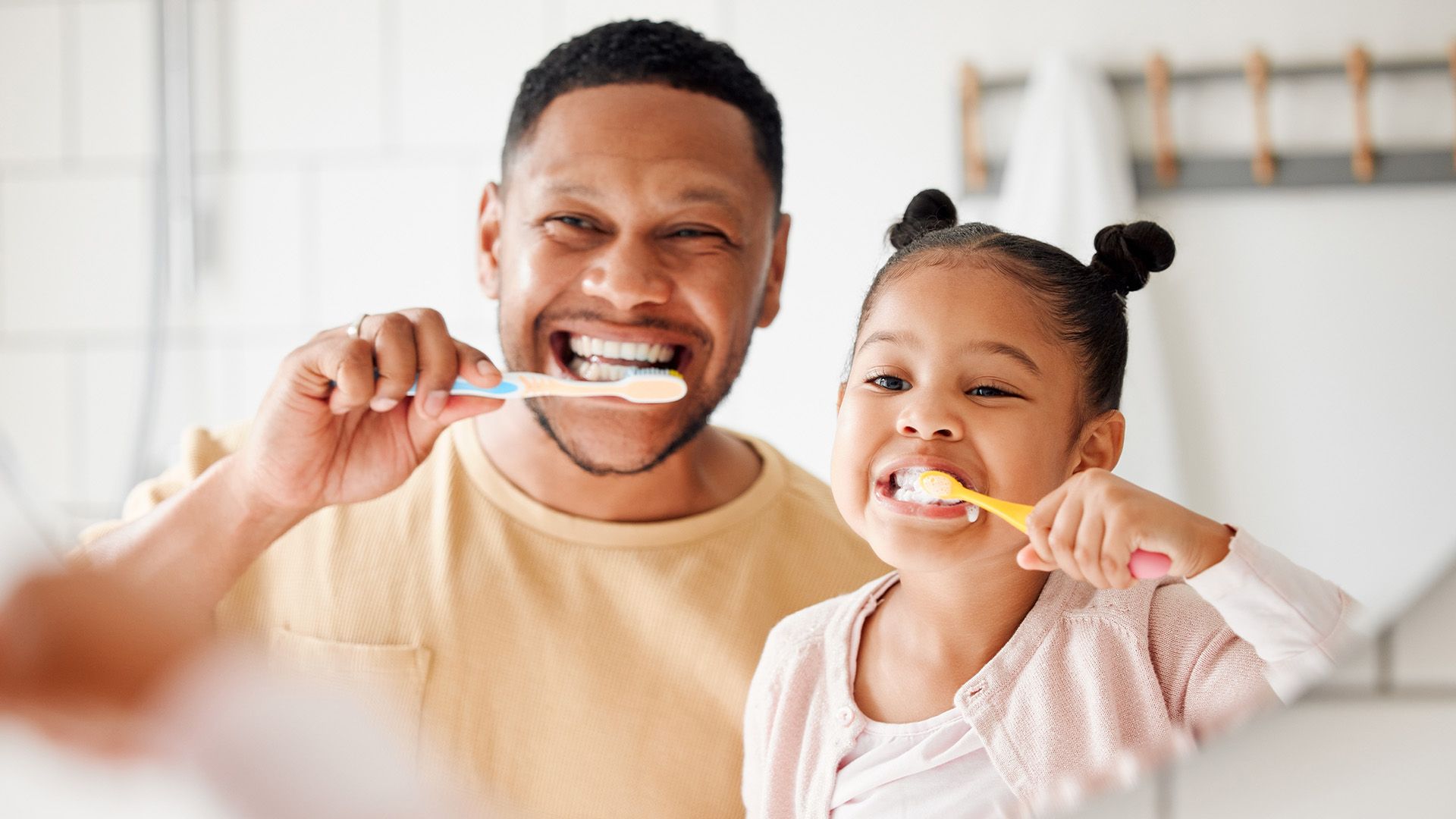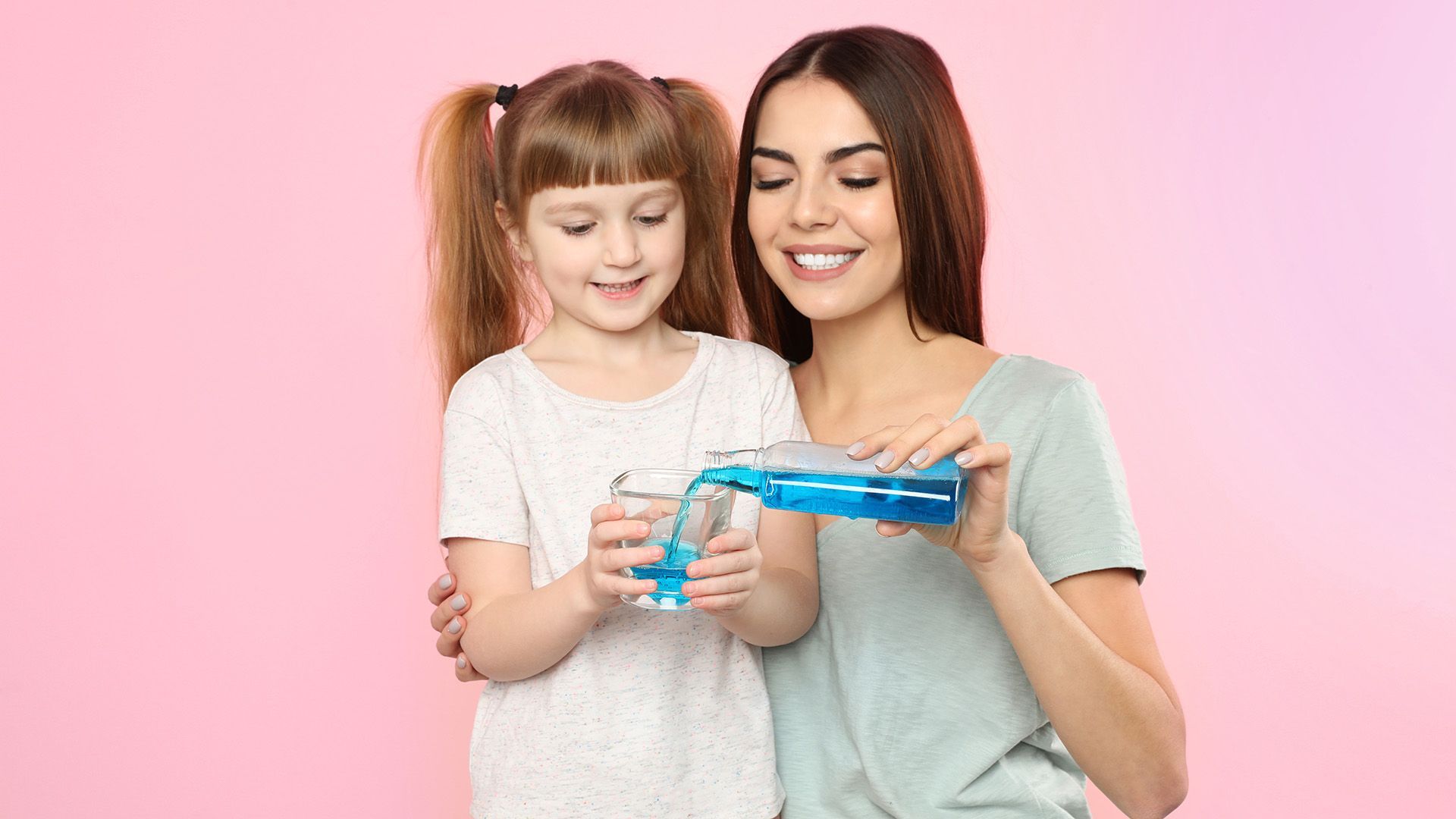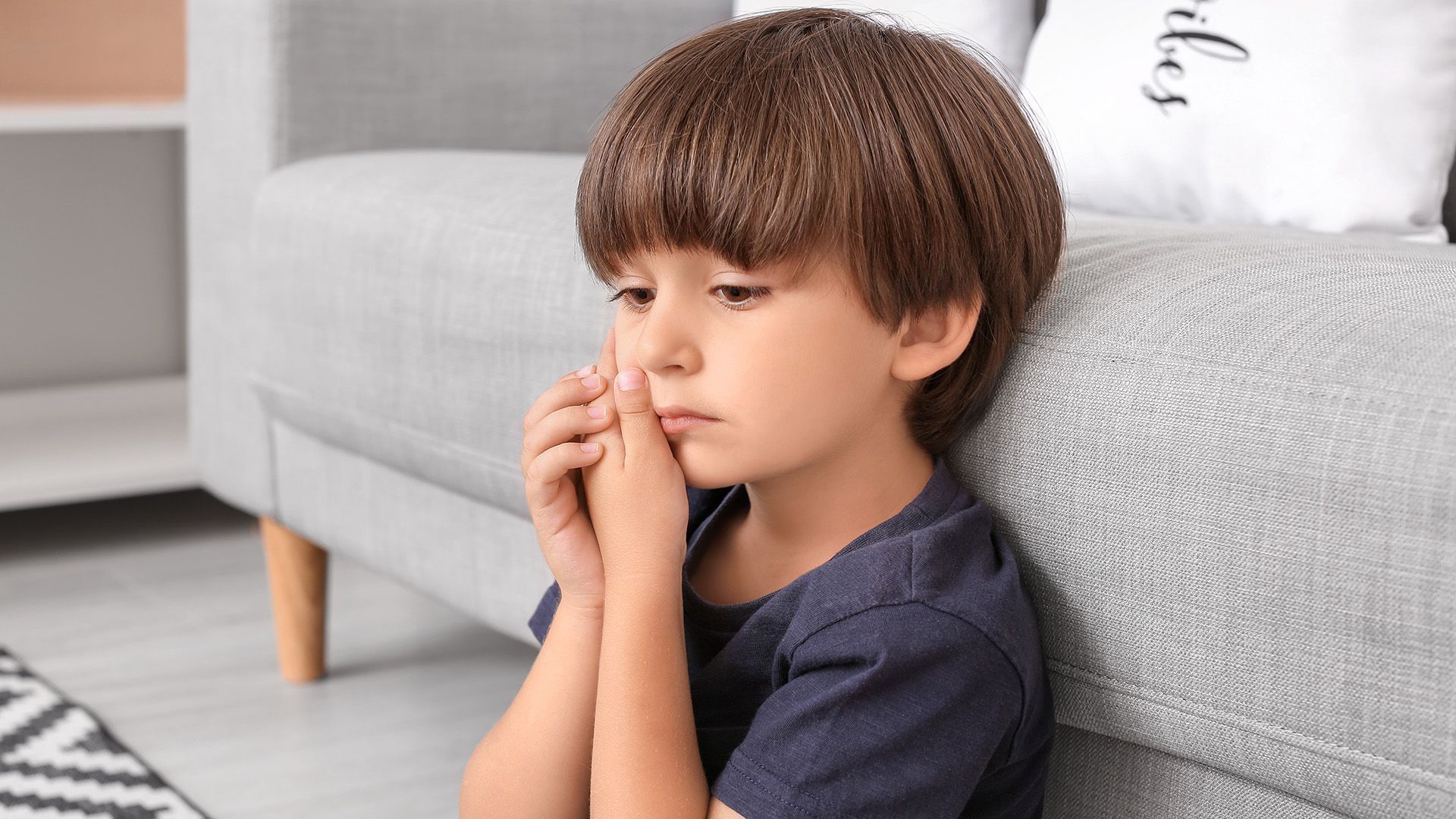Can You Give a Newborn a Pacifier? Everything You Need to Know
As a new parent, you may be asking yourself, "Can you give a newborn a pacifier?" Pacifiers are known for their soothing properties, but it’s important to understand the best practices for introducing one to ensure your baby's well-being. This article delves into the appropriate timing, benefits, and potential downsides of pacifier use, along with safe usage tips. Our aim is to equip you with the necessary information to make a well-informed decision about using a pacifier, promoting a healthy start for your baby.
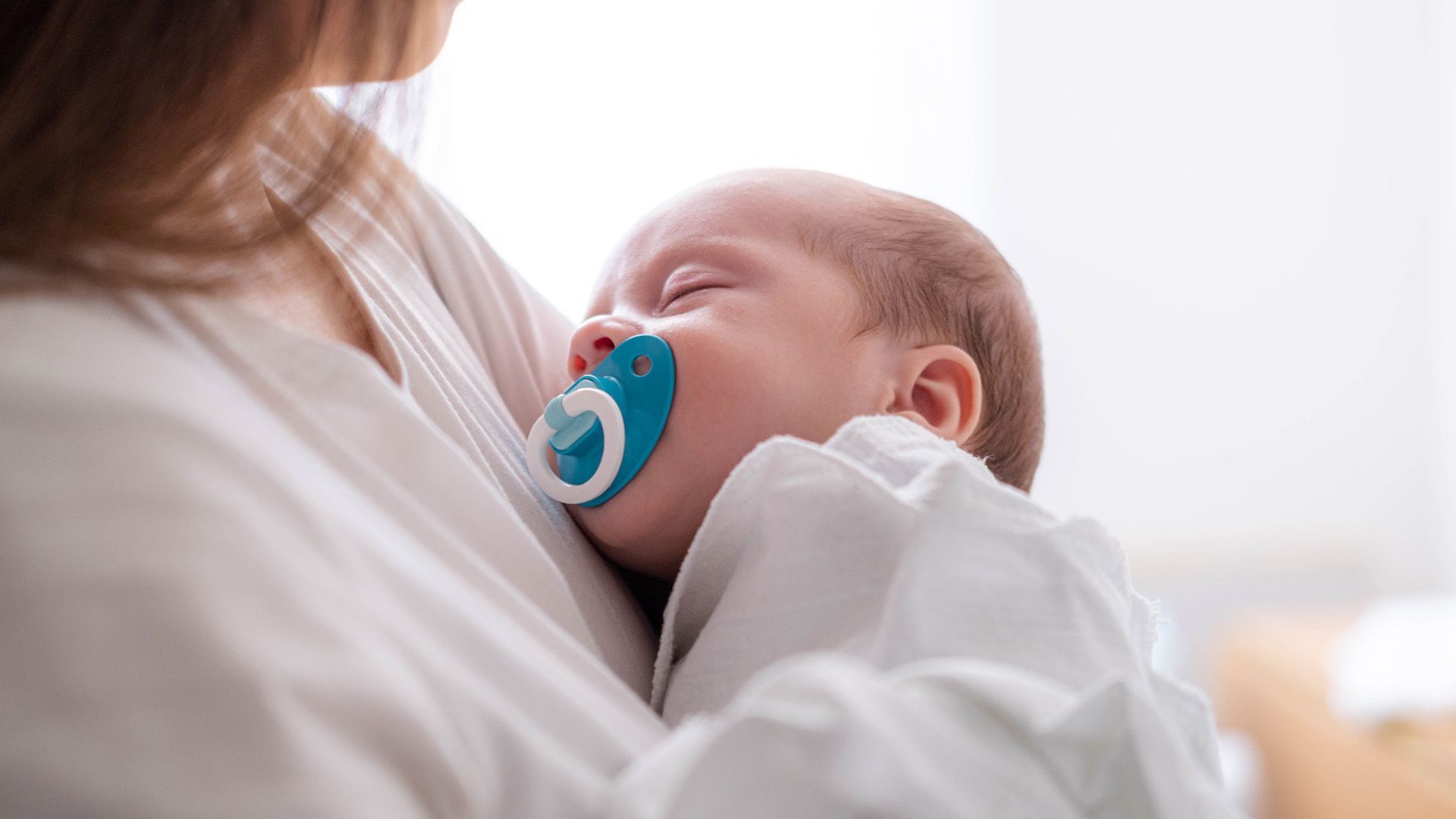
Understanding Pacifiers and Newborns
Pacifiers, also known as soothers or teats, are small, nipple-shaped tools designed for infants to suck on. Their main function is to offer comfort and a sense of security to babies. Many parents find that pacifiers aid in promoting sleep, reducing fussiness, and facilitating self-soothing behaviors, making them a popular choice for newborn care.
There are common misconceptions about pacifiers, including concerns about nipple confusion in breastfeeding infants. While this concern holds some truth, studies indicate that introducing a pacifier after breastfeeding routines are established can be advantageous. Another myth is that pacifiers negatively impact dental development. In reality, when used correctly, pacifiers generally do not harm oral health and can offer relief during teething.
Cultural views on pacifier use differ widely. In some cultures, pacifiers are embraced as vital newborn care tools, while in others, their use may be discouraged. In the United States, pacifiers are commonly used, but parents may face societal pressure about when to introduce a pacifier to a newborn or when to wean them. Recognizing these cultural variations can aid parents in making pacifier-related decisions that align with their family's values.
When is the Right Time to Introduce a Pacifier?
The timing of introducing a pacifier is crucial for many parents. Can you give a newborn a pacifier immediately after birth? It is generally recommended to wait until the baby is 3 to 4 weeks old before offering a pacifier. By this age, breastfeeding routines are more established, reducing the risk of nipple confusion.
Signs that your newborn might be ready for a pacifier include a strong sucking reflex, frequent need for comfort, or difficulty settling after feeds. If you notice your baby sucking on their hands or fingers for comfort, it might be time to introduce a pacifier. However, it's important to watch for signs of over-reliance on the pacifier for comfort.
Consulting with your pediatrician before introducing a pacifier is always a wise step. They can offer personalized advice based on your baby's health and development. As you consider when to introduce a pacifier to a newborn, remember that professional guidance can be invaluable in making choices that promote your child's overall well-being.
Benefits of Using a Pacifier for Newborns
Pacifiers can be an effective tool for soothing newborns during fussy times. Sucking is a natural reflex for infants, and a pacifier helps satisfy this urge, providing immediate relief. Many parents find that their babies calm down quicker when given a pacifier, making it a useful tool for managing discomfort.
One significant benefit of pacifier use is its potential to reduce the risk of Sudden Infant Death Syndrome (SIDS). Research indicates that pacifiers may lower SIDS risk when used during sleep. While the exact mechanism isn't fully understood, pacifiers are thought to help keep the airway open and encourage safer sleep positions.
Pacifiers also foster self-soothing behaviors. As babies learn to use pacifiers, they may become better at comforting themselves during anxious or uncomfortable moments. This skill can be beneficial for emotional development as they grow.
Potential Risks and Downsides of Pacifiers
While pacifiers offer comfort, there are potential risks and downsides to consider. A primary concern is their impact on breastfeeding and feeding habits. Introducing a pacifier too early can cause nipple confusion, making it harder for some infants to latch during breastfeeding, potentially affecting the breastfeeding experience.
Prolonged pacifier use can lead to dental issues. Continued use beyond the age of two may cause teeth misalignment or changes in mouth shape. Parents should be aware of these potential outcomes to maintain their child's oral health.
Dependency on pacifiers is another potential issue. Some infants may become reliant on pacifiers for comfort, making it challenging for parents to soothe without one. This dependency can complicate weaning, as the child may resist giving up the pacifier. To mitigate risks, it's important to consult with pediatricians or dental professionals if oral health concerns arise.
Tips for Safe Pacifier Use
When using pacifiers, safety and hygiene are paramount. Here are some best practices for cleaning and maintenance. Clean pacifiers before first use and regularly thereafter. Boil them in water for about five minutes or use a dishwasher's hot cycle. Ensure they are completely dry before giving them back to your baby. Regularly inspect for wear and tear; discard any damaged pacifiers immediately.
Follow guidelines for safe pacifier use during sleep. While pacifiers can reduce SIDS risk, never force them into your baby's mouth. Offer the pacifier at nap and bedtime but refrain from reinserting it if it falls out after the baby is asleep. Always place the baby on their back to sleep and ensure the pacifier is age-appropriate.
If a pacifier isn't suitable, consider alternatives. Some parents choose finger or thumb sucking, a natural soothing mechanism. Other comfort items, like soft blankets or stuffed animals, can provide security without a pacifier. Always consult with your pediatrician to ensure your choice aligns with your child's needs.
When to Wean Your Baby Off the Pacifier
As your child grows, you may notice signs that it’s time to wean them off the pacifier. Signs include using the pacifier more for comfort than soothing, dependency during sleep, or chewing on it out of boredom. If your child is reluctant to part with their pacifier or uses it in social situations, it may be time to consider weaning.
Gradual weaning strategies can ease the transition. Limit pacifier use to specific times, like naps or bedtime, and gradually reduce frequency. Introduce alternative comfort items, such as a soft toy or blanket, to help your child feel secure without a pacifier. Creating a 'pacifier-free' zone in your home can encourage play and activities without the pacifier nearby.
Pediatricians often recommend a gentle approach to weaning, starting around 12 months, when children are developmentally ready to cope without a pacifier. Encourage your child by praising them for going without it and offering plenty of love and reassurance. If challenges arise, remember patience is key, and it's normal for this process to take time.

